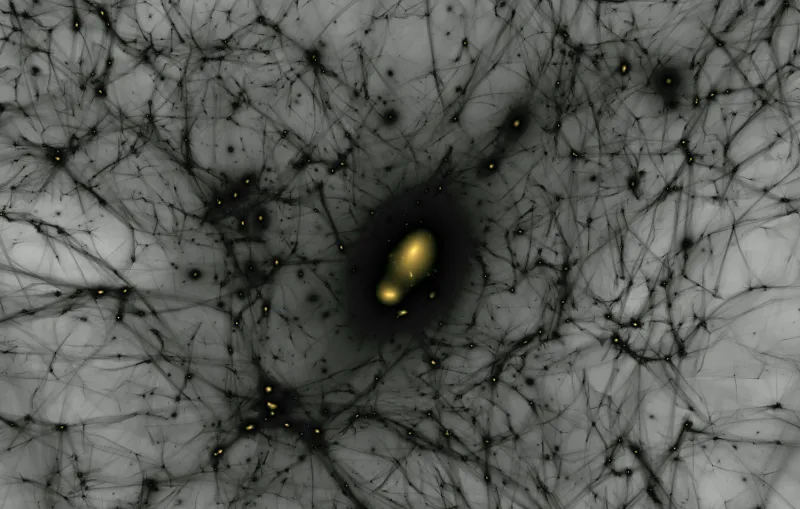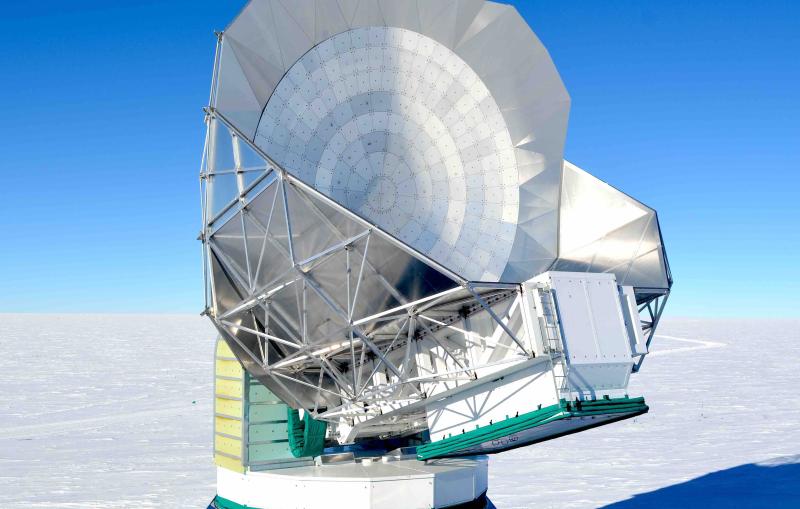November 13, 2018
Gravitational lenses
Predicted by Einstein and discovered in 1979, gravitational lensing helps astrophysicists understand the evolving shape of the universe.
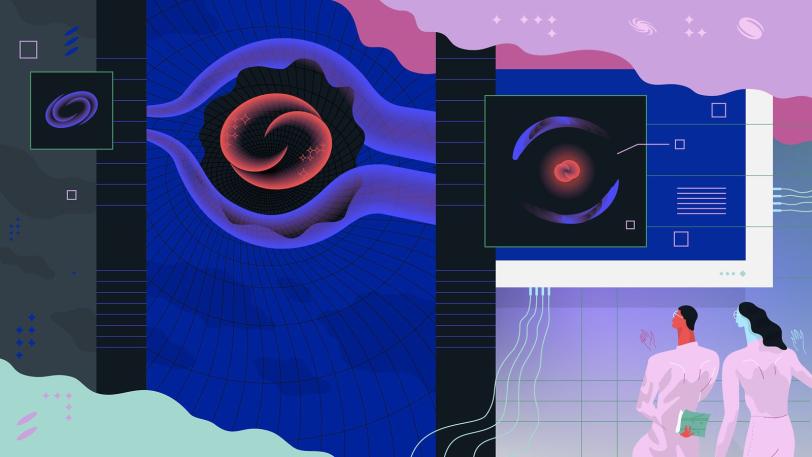
Dig Deeper
Related stories
News Feature
April 15, 2024
·
5 min read
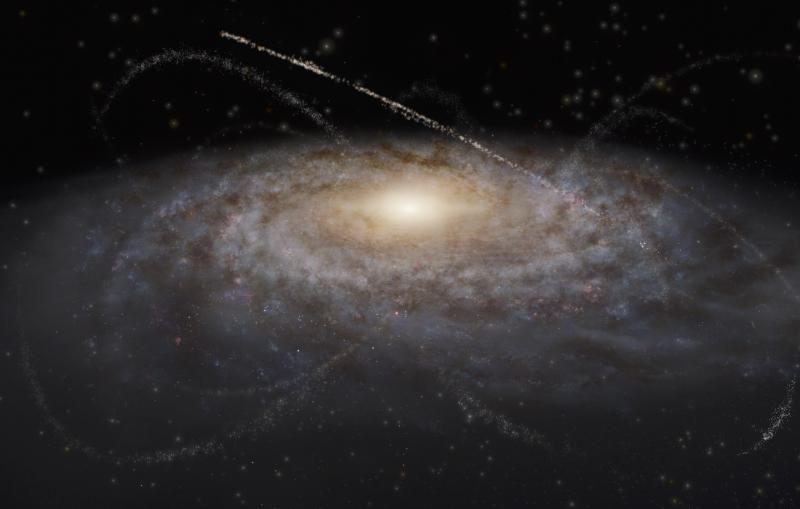
Press Release
April 3, 2024
·
10 min read
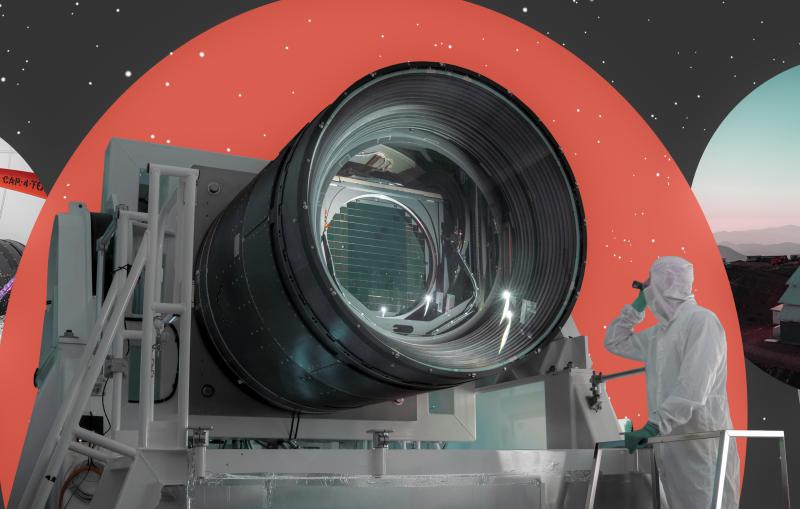
News Feature
January 12, 2024
·
8 min read
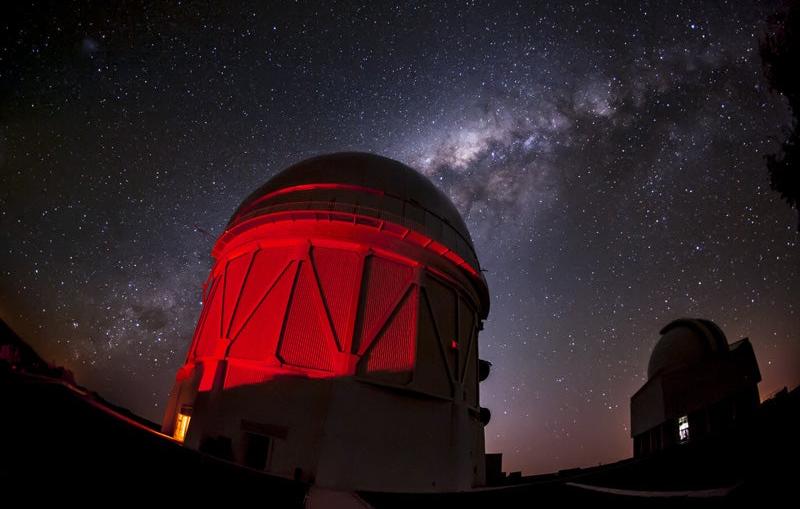
News Feature
April 15, 2024
·
5 min read

Press Release
April 3, 2024
·
10 min read

News Feature
January 12, 2024
·
8 min read

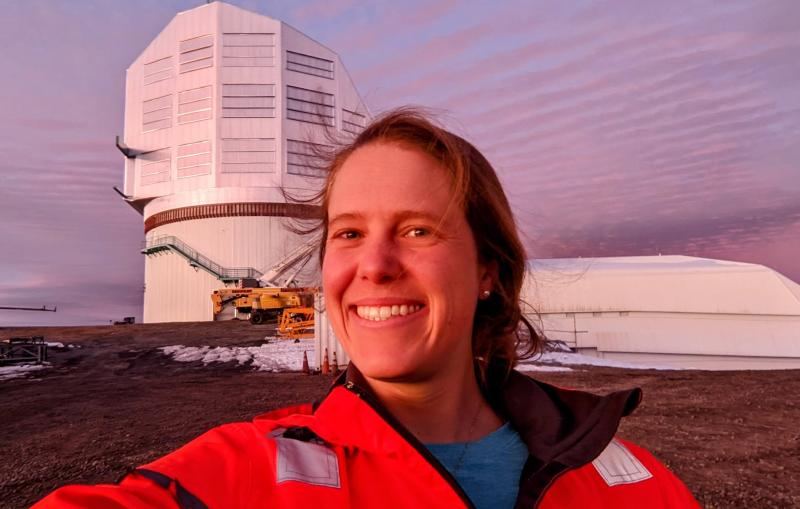
News Feature
Recommendations for U.S. government investments in particle physics include SLAC research priorities
December 8, 2023
·
3 min read
